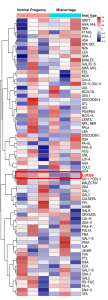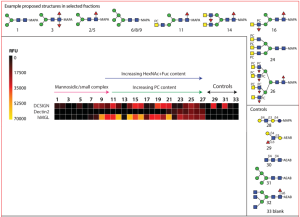Methods to promote colonization and activation of Bacillu. in the rhizosphere: SynCom and Prebiotics
A group from College of Resources and Environmental Sciences, Nanjing Agricultural University, Nanjing, China etc. has reviewed about plant biocontrol mechanisms of Bacillus.
https://ami-journals.onlinelibrary.wiley.com/doi/10.1111/1751-7915.14348
As is well known, species of the genus Bacillus have been widely used for the biocontrol of plant diseases in the demand for sustainable agricultural development.
The “cry for help” mechanism in plant means that plants fight pathogen attack by assembling health-promoting beneficial microbes by releaseing specific signals. This mechanism is very similar to human’s immunity that immune cells secrete cytokines/chemokines, and thereby recruit immune cells further and activate immunity.
The root exudates are extremely crucial for recruiting biocontrol agents (i.e., beneficial microbes like Bacillus) in response to plant diseases, and it has been known that L-malic acid, citric acid, fumaric acid, and tryptophan, threonic acid, lysine, pectin, xylan, and arabinogalactan are key exudates.
The use of Bacillus strains for the biocontrol of plant disease has achieved certain benefits worldwide. However, practical utilization of Bacillus is usually confronted with unstable disease suppression efficacy under field conditions. That is because complicated and dynamic factors, such as soil characteristics, plant genotypes, and indigenous microbiota, can all influence the colonization and functional efficacy of inoculated Bacillus agents.
To overcome this issue, two types of methods have been proposed.
One is to use a method called “SynCom” which is to use a bacterial consortium constructed by using some keystone strains from the genus of Bacillus, Burkholderia, Enterobacter, Lysobacter, Stenotrophomonas, Pseudoxanthomonas, Pseudomonas, and Acinetobacter.
The other is to use “Prebiotics”. As mentioed above, specific signals released from root exudates recruit Bacillus strains and induce their activities. Therefore, relevant compounds can be developed as prebiotics for enhancing root colonization and biocontrol performance, similar to those widely applied for stimulating beneficial bacteria in the human gut. So, exogenous addition of sucrose, L-glutamic acid, riboflavin could be used as prebiotics to promote rhizosphere colonization by beneficial Bacullus strains.



